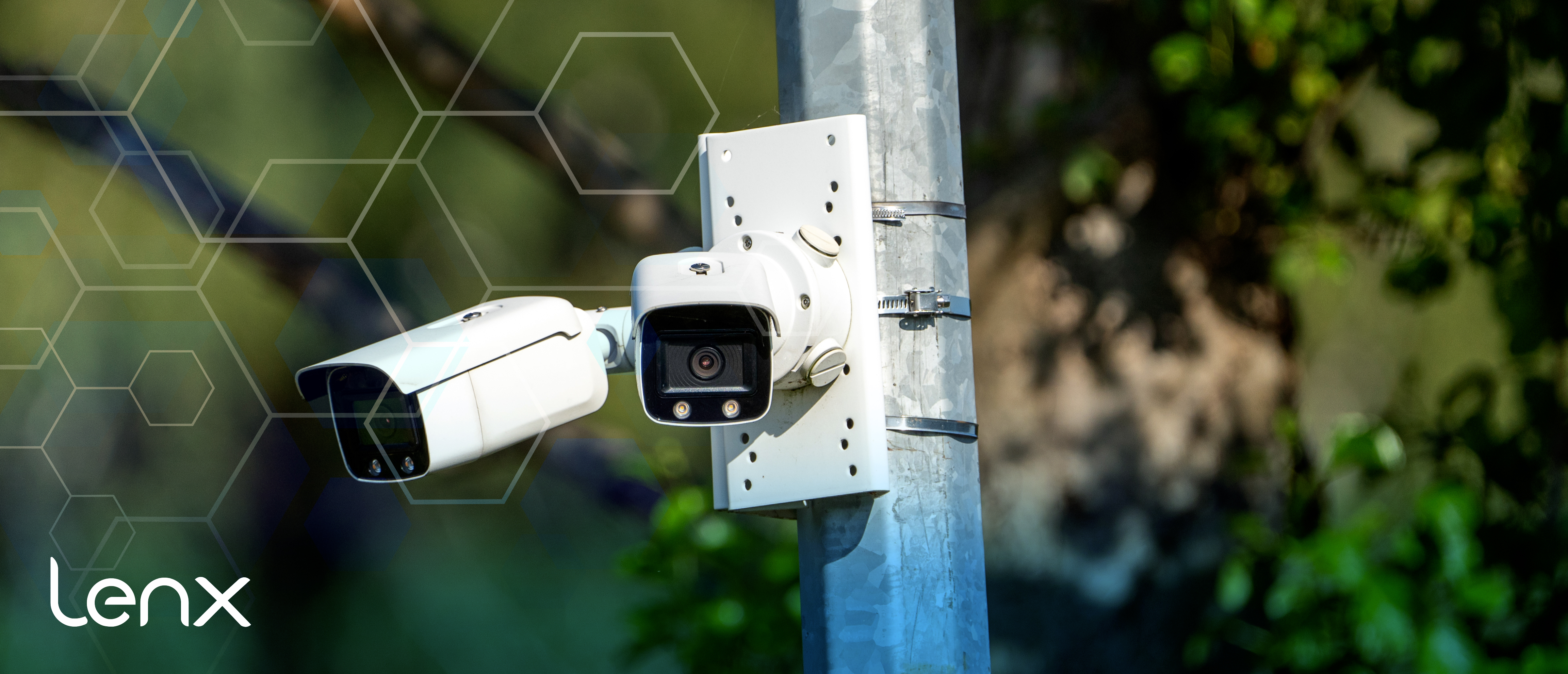
What To Look For In AI Security, Active Shooter Detection System Providers
In an era where security threats are increasingly complex, technology plays a crucial role. Active Shooter Detection Systems, powered by AI, are at the forefront of this evolution.
These systems offer a proactive approach to threat detection, enhancing response times and potentially saving lives. But how do you choose the right provider for such a critical service?
This guide aims to help you navigate the landscape of AI security and active shooter detection system providers. We'll explore key features, integration capabilities, and more.
Understanding Active Shooter Detection Systems
Active Shooter Detection Systems are designed to identify and alert authorities to potential threats. They use advanced technology to detect the visual cues of weapons.
These systems are often integrated into existing security infrastructure. They provide an additional layer of protection in public spaces, schools, and workplaces.
The goal is to reduce response times and potentially save lives in the event of an active shooter situation.
The Role of AI in Shooter Detection
Artificial Intelligence (AI) plays a crucial role in enhancing shooter detection systems. It improves the accuracy of threat identification by analyzing complex patterns and signals.
AI can also reduce false alarms by distinguishing between actual threats and harmless noises. This ensures a more reliable and efficient response.
Moreover, AI can help in predicting potential threats, enabling proactive measures to prevent incidents.
Key Features of Reliable Detection System Providers
When choosing a provider for active shooter detection systems, several key features should be considered. The provider's technology should be advanced and reliable, ensuring accurate threat detection.
The system should also integrate seamlessly with existing security infrastructure. This allows for a comprehensive security solution that leverages all available resources.
Here are some key features to look for:
- Real-time alerts and notifications
- User-friendly interface
- Robust support and training
- Compliance with legal and privacy regulations
- Scalability and future-proofing
Lastly, the provider should offer robust support and training. This ensures that the system operators can effectively use the technology to its full potential.
Integration with Existing Security Infrastructure
A top-notch active shooter detection system should integrate seamlessly with your existing security infrastructure. This means it should work in harmony with your current security measures, enhancing their effectiveness rather than causing disruptions.
Moreover, the system should be adaptable to various environments. Whether it's a school, office building, or public space, the system should be able to function effectively and discreetly.
Real-Time Alerts and Response
In an active shooter situation, every second counts. Therefore, a reliable active shooter detection system should provide real-time alerts. This allows for immediate response, potentially saving lives.
Furthermore, the system should have a mechanism for alerting law enforcement agencies. This ensures a swift and coordinated response to neutralize the threat.
AI Security Apps and Gun Detection Technology
AI security apps and gun detection technology are vital components of a comprehensive security strategy. They provide an additional layer of protection, enhancing the capabilities of physical detection systems.
AI gun detection technology can identify potential threats before they become active. This preemptive identification can be crucial in preventing incidents.
Moreover, AI security apps can provide real-time updates and alerts, keeping security personnel informed and ready to respond.
Evaluating System Reliability and False Alarm Rates
When choosing an active shooter detection system, reliability is paramount. The system should consistently detect real threats and minimize false alarms.
High false alarm rates can lead to complacency and delayed responses. Therefore, it's crucial to select a system with proven accuracy.
User Interface and Operator Training
A user-friendly interface is essential for efficient operation. The system should be easy to navigate, even under high-stress situations.
Additionally, the provider should offer comprehensive training. This ensures that operators can effectively use the system when it matters most.
Legal Compliance and Privacy Considerations
Active shooter detection systems must comply with legal and privacy regulations. This is crucial to avoid potential legal issues.
Providers should offer guidance on compliance. This ensures the system is used within the bounds of the law.
Conclusion: Ensuring a Safe and Secure Environment
Choosing the right active shooter detection system is vital. It ensures the safety of your environment.
Remember, the best system combines AI technology, real-time alerts, and legal compliance.

